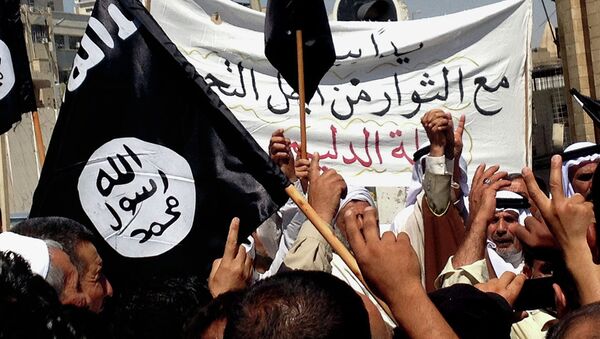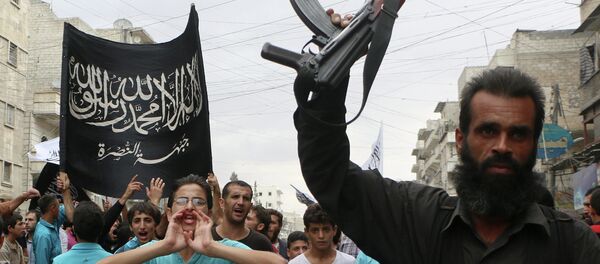Some critics blame this on the Pentagon’s perceived lack of progress in Syria and President Obama’s reluctance to use airpower to its full potential, Lara Seligman wrote for the Defense News.
For example, the US-led coalition against the Islamic State conducted two airstrikes in Syria on Thursday, while Russian attack aircraft carried out a record of 67 combat missions hitting a total of 60 ISIL targets in Syria the same day.
“As of Oct. 6, the US and partner nations had conducted 7,323 strikes against ISIS: 4,701 in Iraq and 2,622 in Syria, according to a Pentagon report on OIR. Over one year, that averages out to about 13 strikes in Iraq and seven strikes in Syria each day.”
On the other hand, during the 42-day Desert Storm air campaign against Saddam Hussein in 1991, coalition fighters and bombers conducted 48,224 strikes, or 1,100 a day.
“Twelve years later, the 31-day Iraqi Freedom air campaign averaged more than 800 offensive sorties a day,” Seligman wrote.
The OIR is led by an Army general: Lt. Gen. James Terry. If the administration’s goal is to take out “ISIL through the use of air power alone, why put an Army commander in charge of the air campaign?” retired Lt. Gen. Dave Deptula, former deputy chief of staff for intelligence, surveillance and reconnaissance said, Defense News reported.
Deptula further explained that he feels that the Obama administration is placing too much emphasis on avoiding collateral damage, to an extent that exceeds the necessities of the laws of armed conflicts. In the meantime, ISIL continued slaughtering innocent civilians.
One frustration for the US Air Force is a lack of assets and intelligence on the ground, Lt. Gen. Robert Otto, deputy chief of staff for ISR noted. “US agencies and coalition forces need to do a better job using intelligence, particularly human intelligence, to discern targets the Air Force can then strike from the air,” he stressed.
The US has fifth-generation platforms and reliable aircraft such as the new F-22 Raptor which the US forces use in their operations in Syria.
“The reliability of that airplane is extraordinary, the maturity of that airplane — it’s really reaching its stride.” The Raptor acts as a complement to fourth-generation aircraft. “For medium-altitude ISR operations, the Air Force deploys General Atomics’ MQ-1 Predator and MQ-9 Reaper drones. These platforms use full motion video to provide a clearer understanding of the battlefield," Otto said, Defense News reported.
But even with the latest ISR technology and fifth-generation aircraft, the US Air Force is troubled that Russia is quickly catching up.




